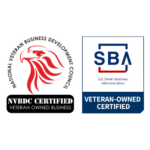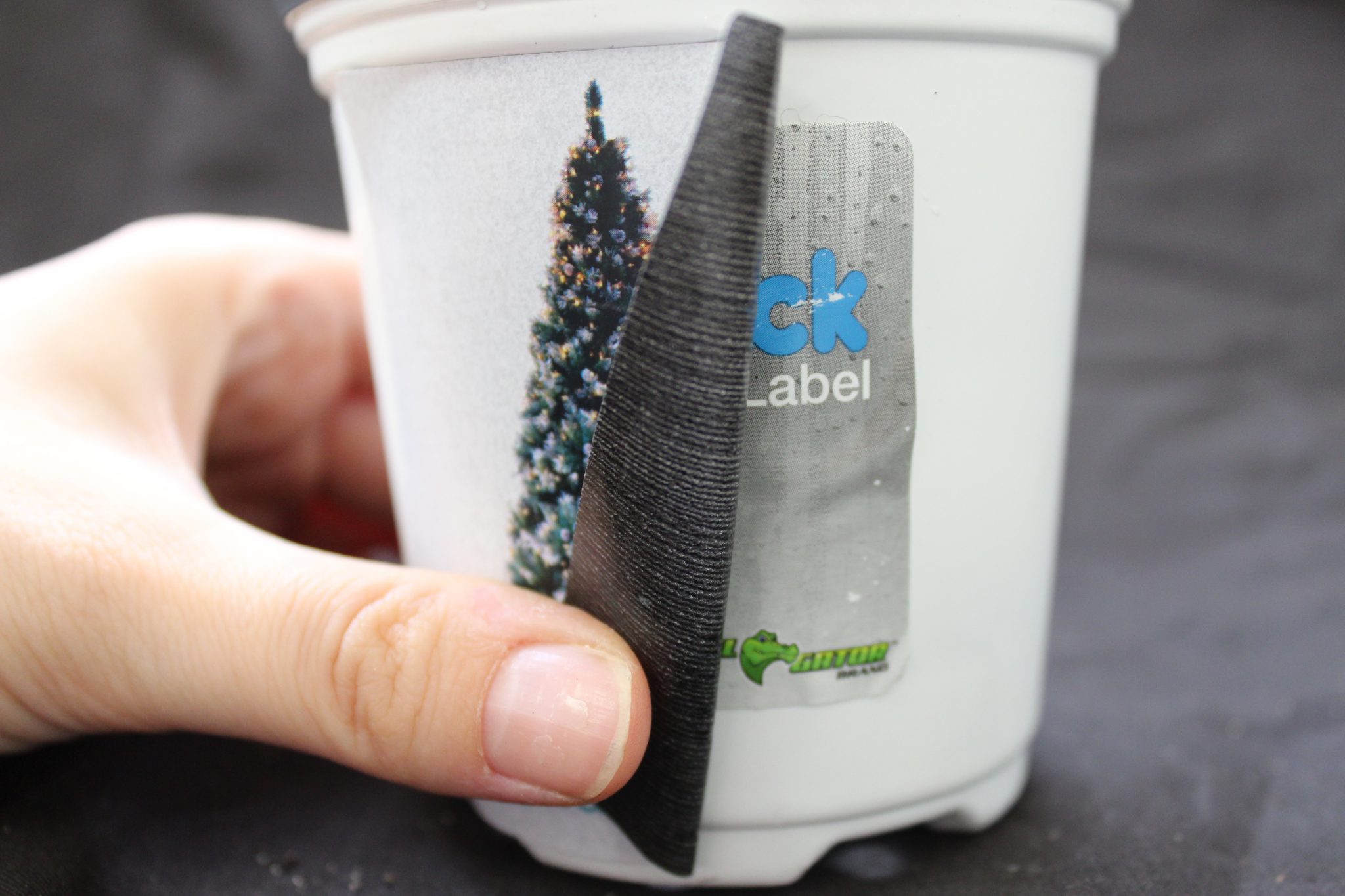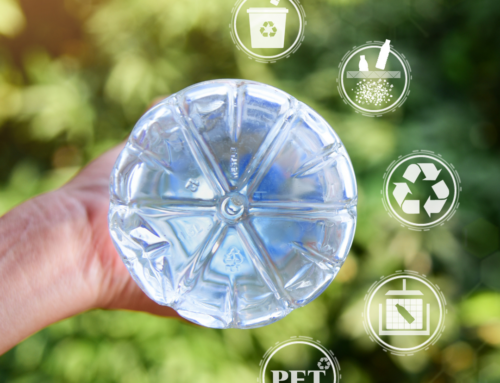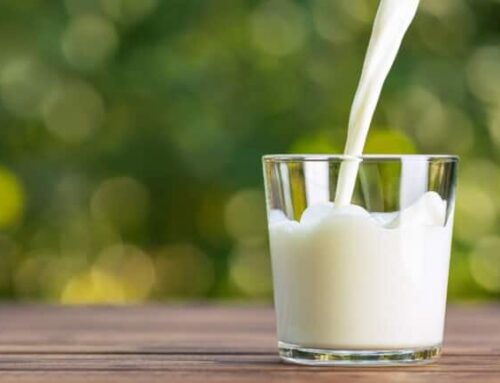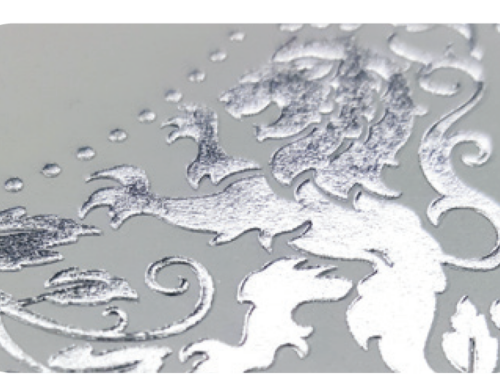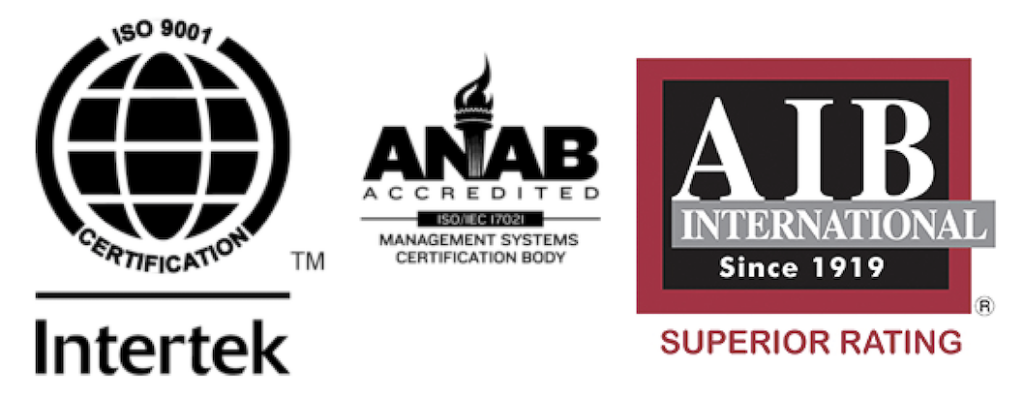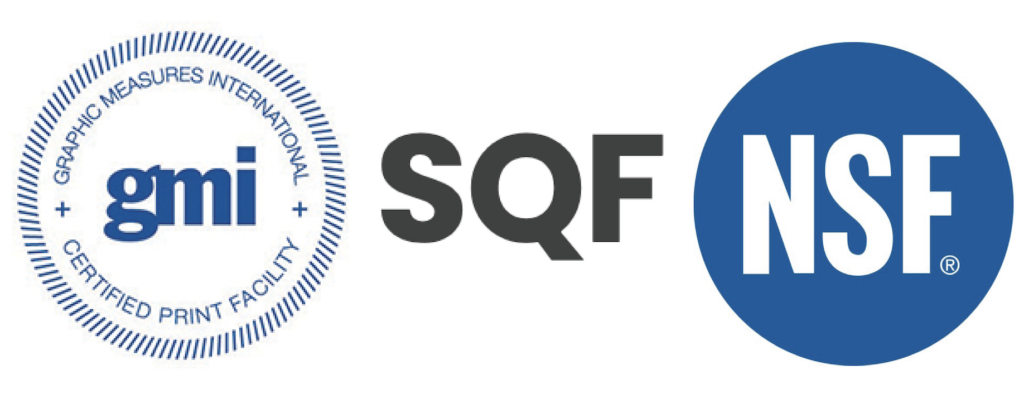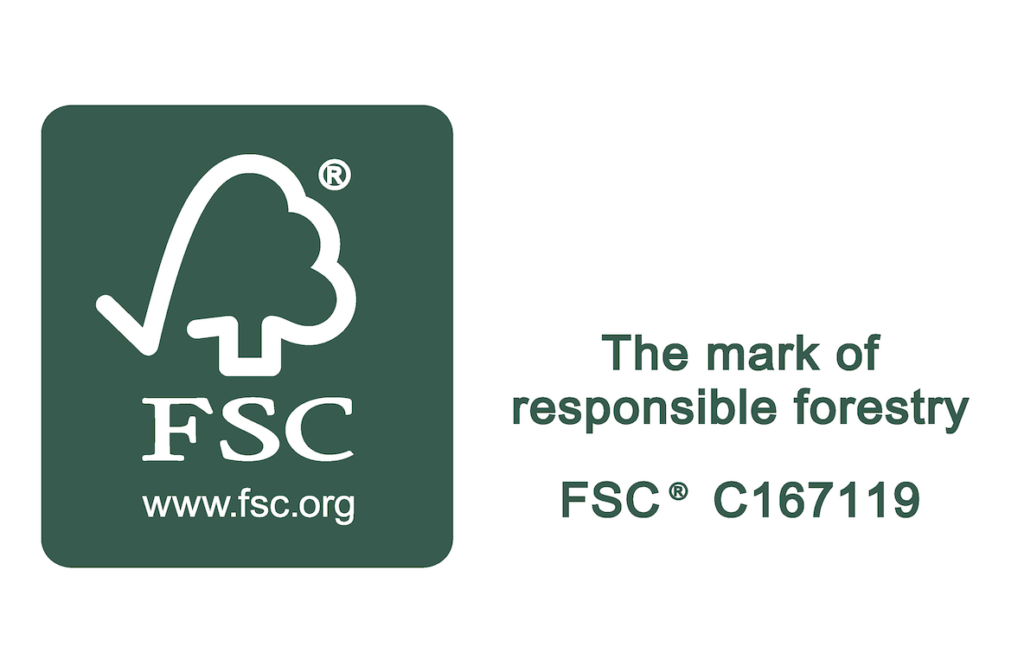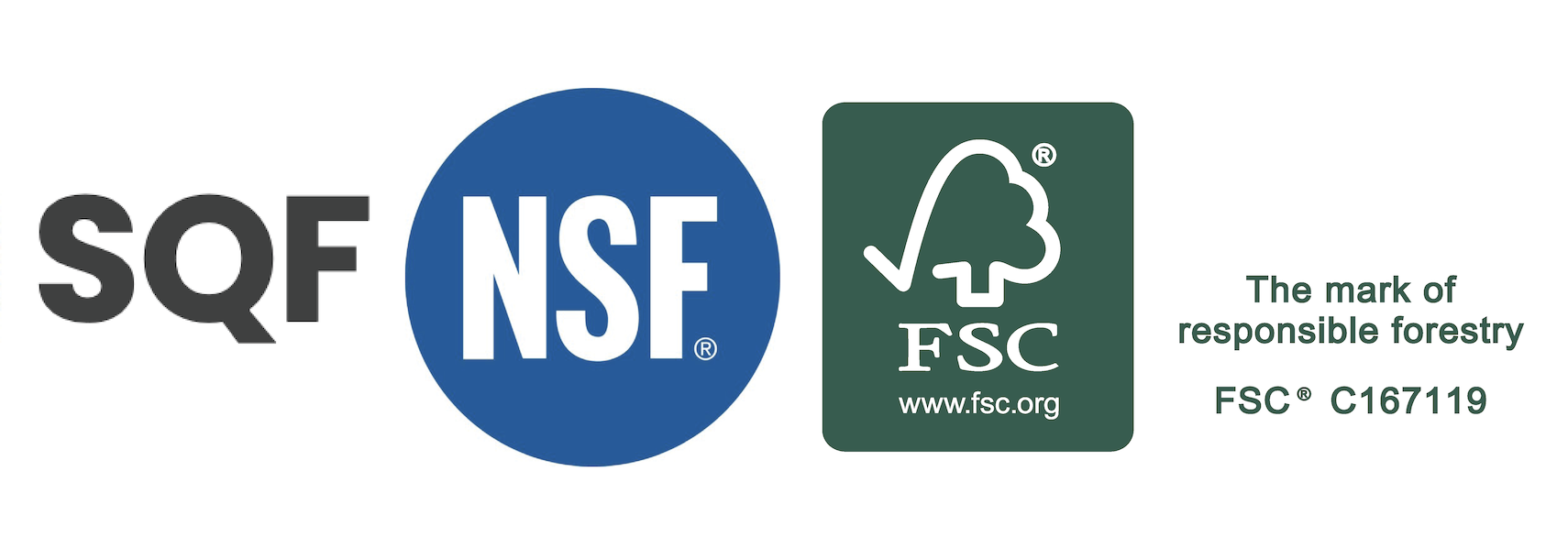Over-labeling is the process of applying a label overtop of a previously applied label. The back of the top label uses a coating that blocks out the label underneath. As a result, customers only see what’s been applied on top. So, it not only solves outdated labels or labels with errors, but it also creates a professional look.
 How Over-Labeling Provides Cost-Saving Flexibility
How Over-Labeling Provides Cost-Saving Flexibility
Human error is bound to happen. So, it’s great to have a simple solution that corrects typos, errors with graphics, or any other nuisance. No need to remove labels either!
Maybe a top label gets applied to only a portion of the bottom label. Say, a price change occurs. Instead of completely redesigning and re-applying the label, simply apply a small black and white label overtop. So, this solution saves money in reproduction.
Also, apply seasonal labels over evergreen products with ease. Instead of starting from scratch with new packaging, make promotional labels work with what you already have.
This technique may be more typical in horticulture, however, any industry can use over-labeling to its advantage. This technique isn’t an ideal fit for widespread releases, but it does make sense for testing, and for smaller-scale adjustments. So, if you’re business is a small business with a single location, or you’re testing a new wine label at the vineyard, save money. Test onsite and make minor corrections instead of paying for a new batch of labels. Remember, this technique also saves time where removing labels and reapplying is concerned. Also, consider how applicators make the process much faster and easier than hand labeling.
Learn about how innovative labeling techniques can bring your spooky design to life! Download our e-book, The Complete Guide to Innovative Labeling Techniques.
Follow us on Social Media:
Facebook | Instagram | Twitter | Website

